Native plants
Why is flora important?
- Ecological value: Australia’s native flora is extraordinarily diverse and many are found nowhere else in the world. As a result, they provide the unique landscapes of the region, provide habitat for native animals, create wildlife corridors, provide shelter belts to protect stock and crops, provide protection from wind and water erosion by holding the soil together, protect water quality; and reduce the greenhouse effect.
- Economic value: economically, native vegetation and its direct soil and water functions support the productive capacity of many important sectors of the Australian economy, including agriculture, forestry, fisheries, aquaculture and tourism.
- Social and cultural value: native vegetation shapes the Australian culture and national identity, and so we want to allow future generations to enjoy our unique environment. For Indigenous Australians, the land and its resources have underpinned Indigenous history, innovation, culture, spirituality and economics for tens of thousands of years.
Why manage flora?
Threats to flora
There are many threats to native plants in the Northern and Yorke region. These include clearance, competition with introduced plants, grazing by feral animals and livestock, and salinity. Changes to natural patterns are also a threat, such as changed frequency, intensity and scale of fire and changed quantities and patterns in water and water flows resulting in unnatural water regimes. Other threats include climate change, pollution and diseases, mining impacts, tourism and recreation impacts and urban growth. All of these threats can lead to declining ecosystem health and the fragmentation of ecosystems.
How you can help
- Planting locally indigenous plants on your property is a great way to help these species. The Northern and Yorke native plant nursery list provides a range of places where you can purchase native plants locally.
- Learn about native grasses found in the Northern and Yorke region, the basic guidelines for establishing and harvesting native grasses and their nutritional value, using Common Native Grasses: A South Australian regional guide.
- Privately owned bush blocks complement conservation areas in providing habitat for native plants and can be formally protected through a heritage agreement.
- Know what you can grow in your own backyard using the Coastal Gardens Guide.
- Volunteer
Threatened ecological communities we are working to protect
- Ardrossan Native Grassland - Grassroots Grant funding was provided to produce the Ardrossan Native Grassland Site Management Plan to better manage a significant native grassland. More than 80 native species have been recorded within the 6.8 hectare grassland located off Park Terrace within the township of Ardrossan.
- Peppermint Box Grassy Woodland - view the National policy statement.
- Iron-grass Natural Temperate Grassland of South Australia - view the National policy statement.
- Grey Box Eucalyptus microcarpa Grassy Woodland - view a fact sheet
Flora we are working to protect
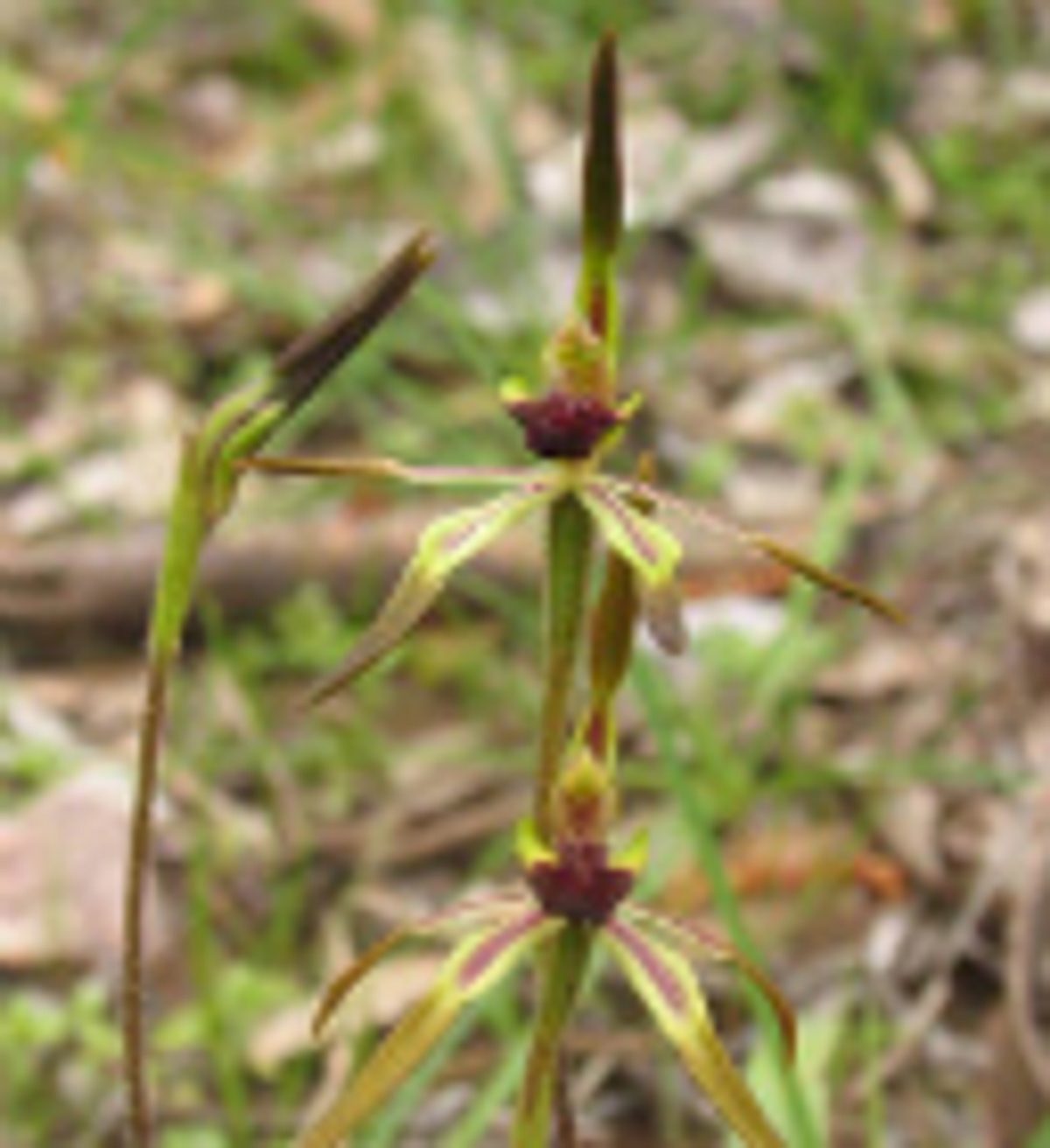
Name: Bayonet spider-orchid Scientific name: Caladenia gladiolata Regional status: Endangered Related links:
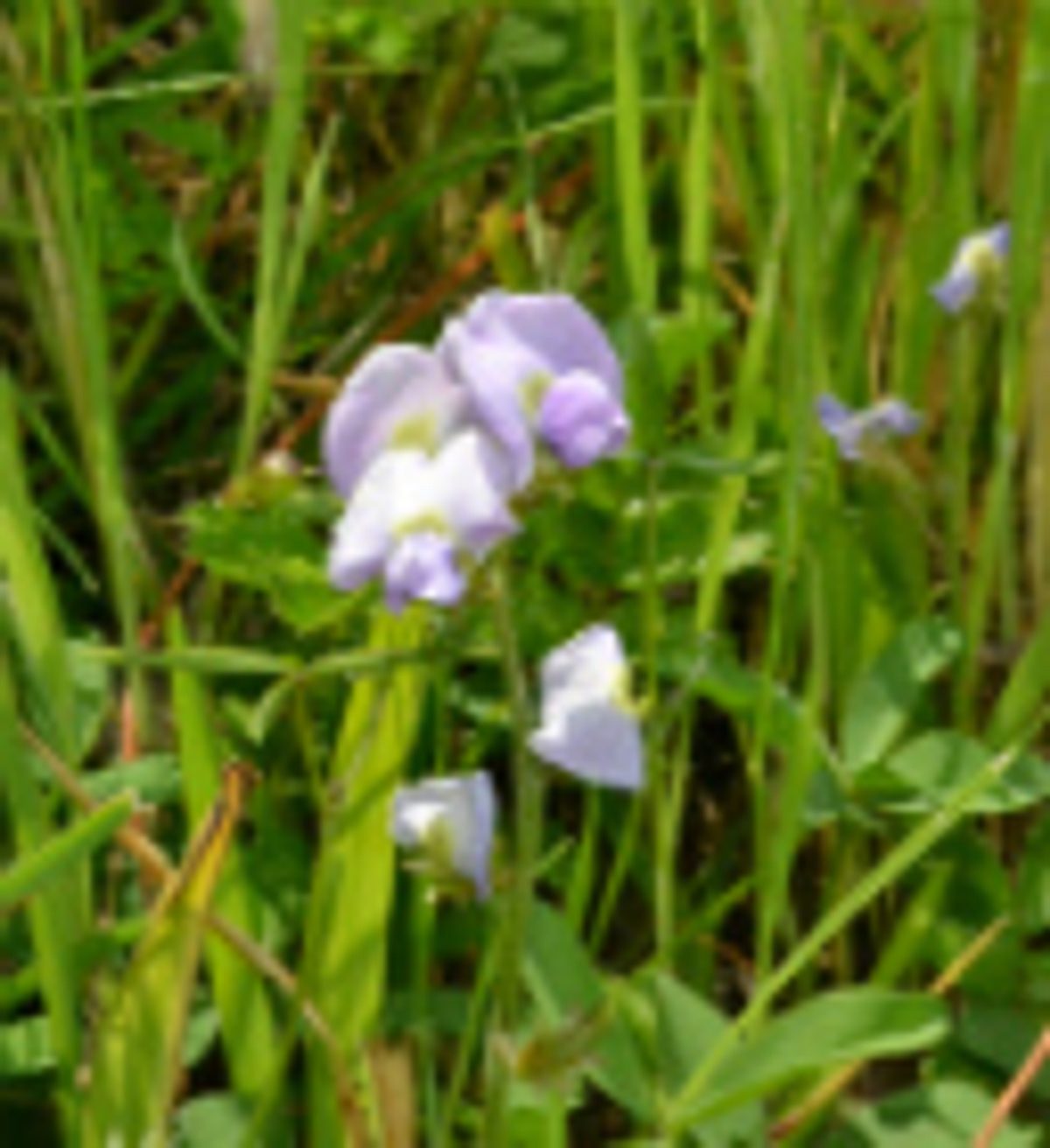
Name: Clover glycine Scientific name: Glycine latrobeana Regional status: Vulnerable Related links:
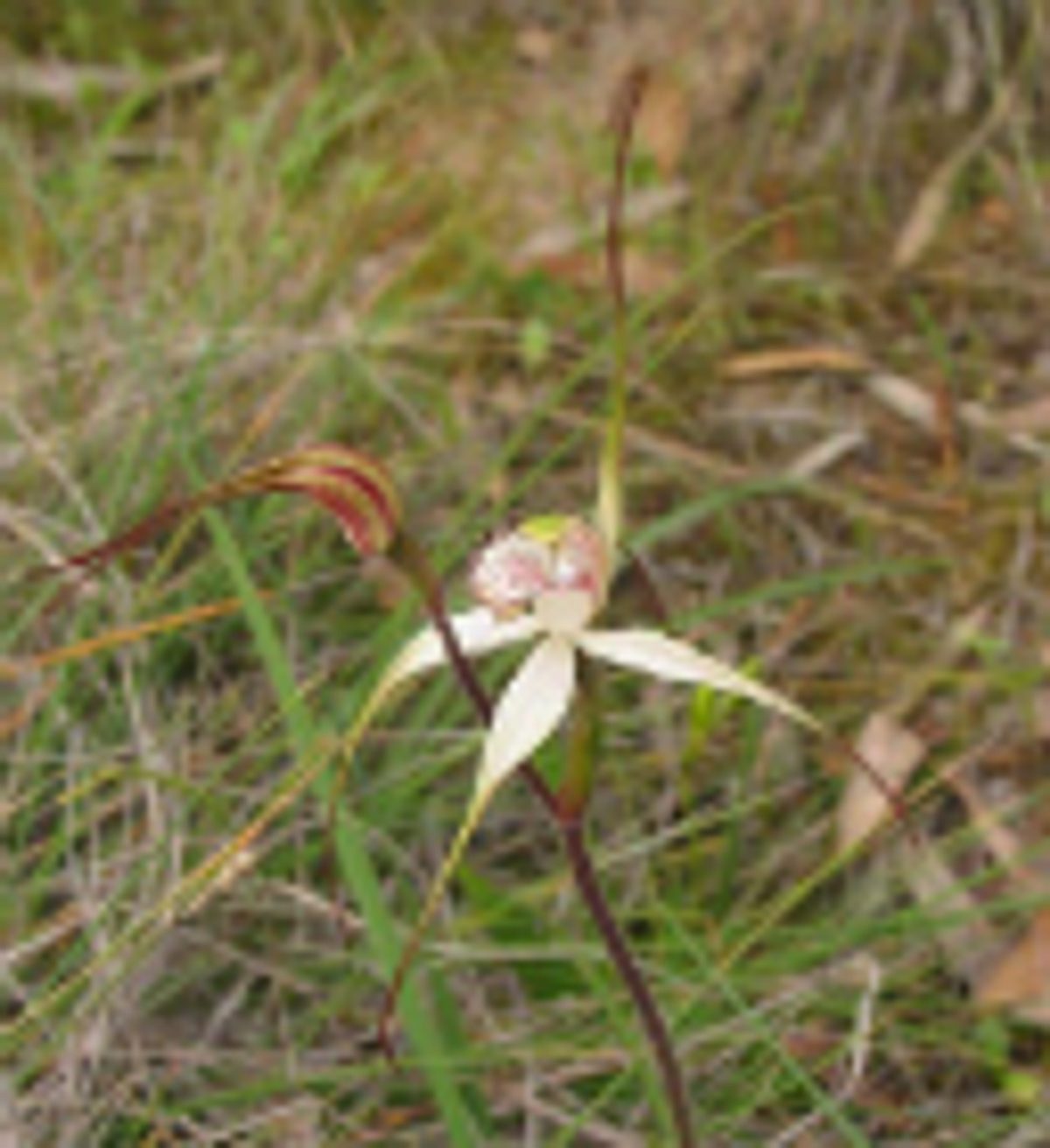
Name: Ghost spider-orchid Scientific name: Caladenia sp. Brentwood Regional status: Endangered Related links:
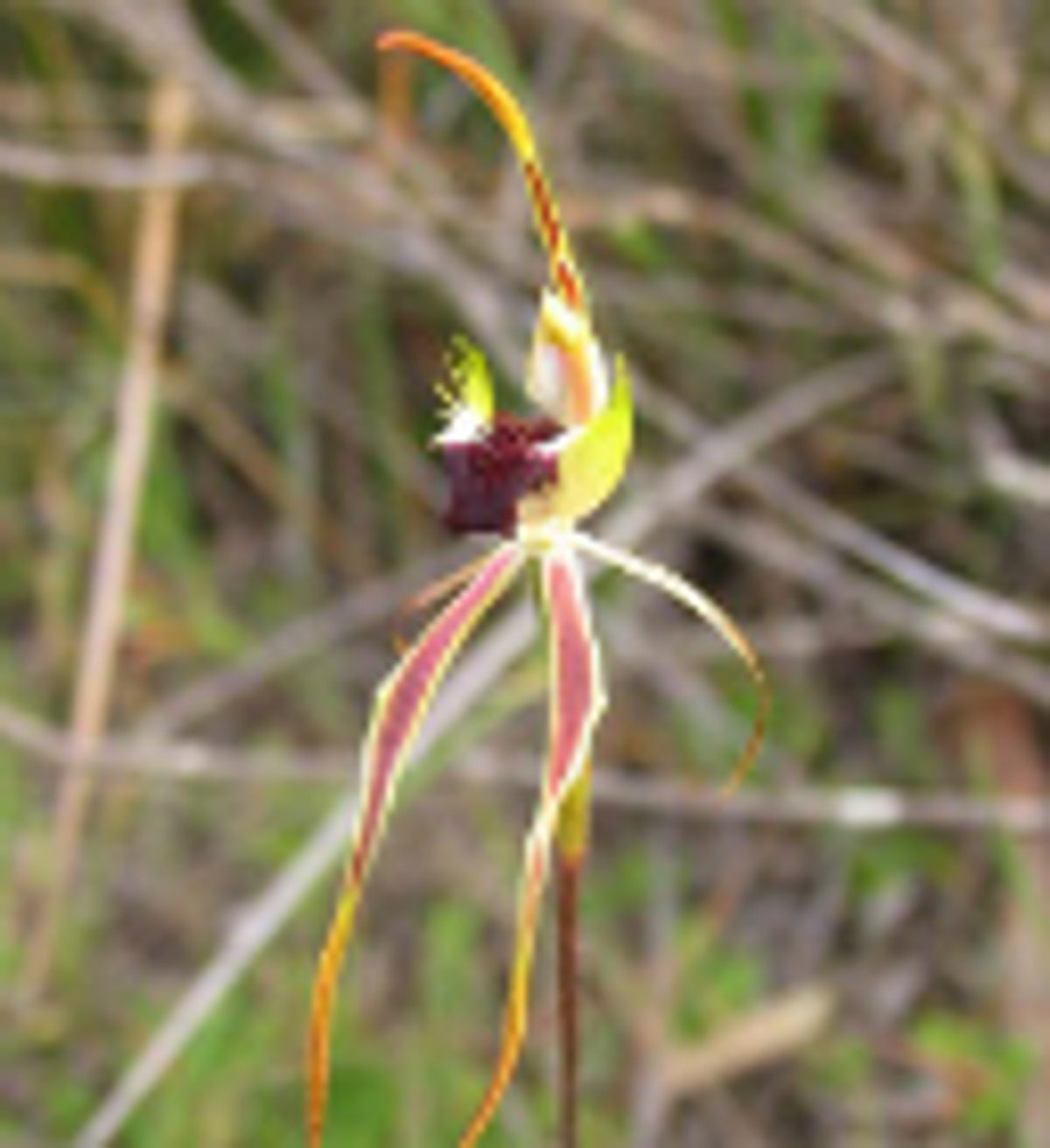
Name: Large-club spider-orchid Scientific name: Caladenia macroclavia Regional status: Endangered Related links:
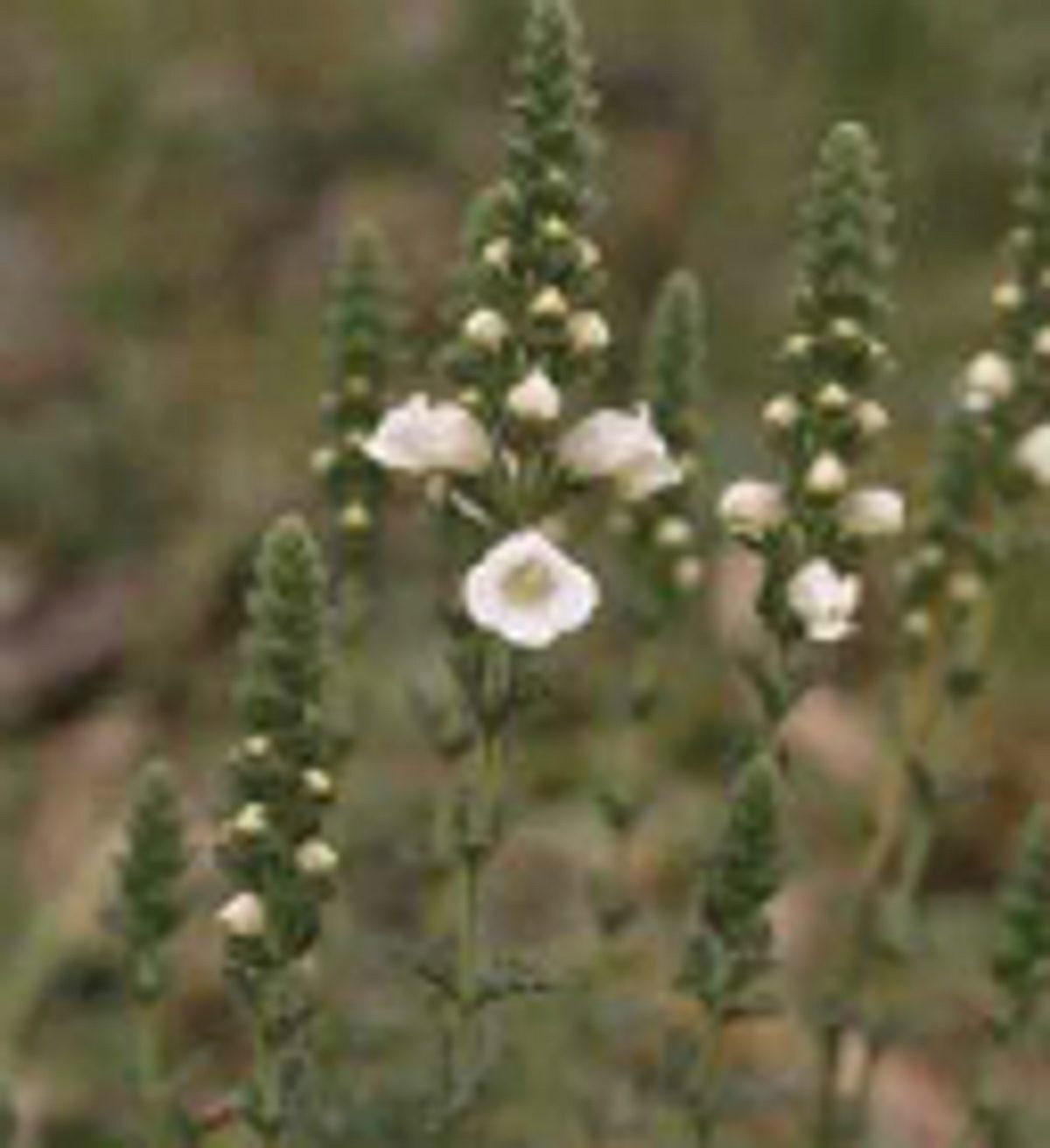
Name: Osborne's eyebright Scientific name: Euphrasia collina ssp. osbornii Regional status: Endangered Related links:
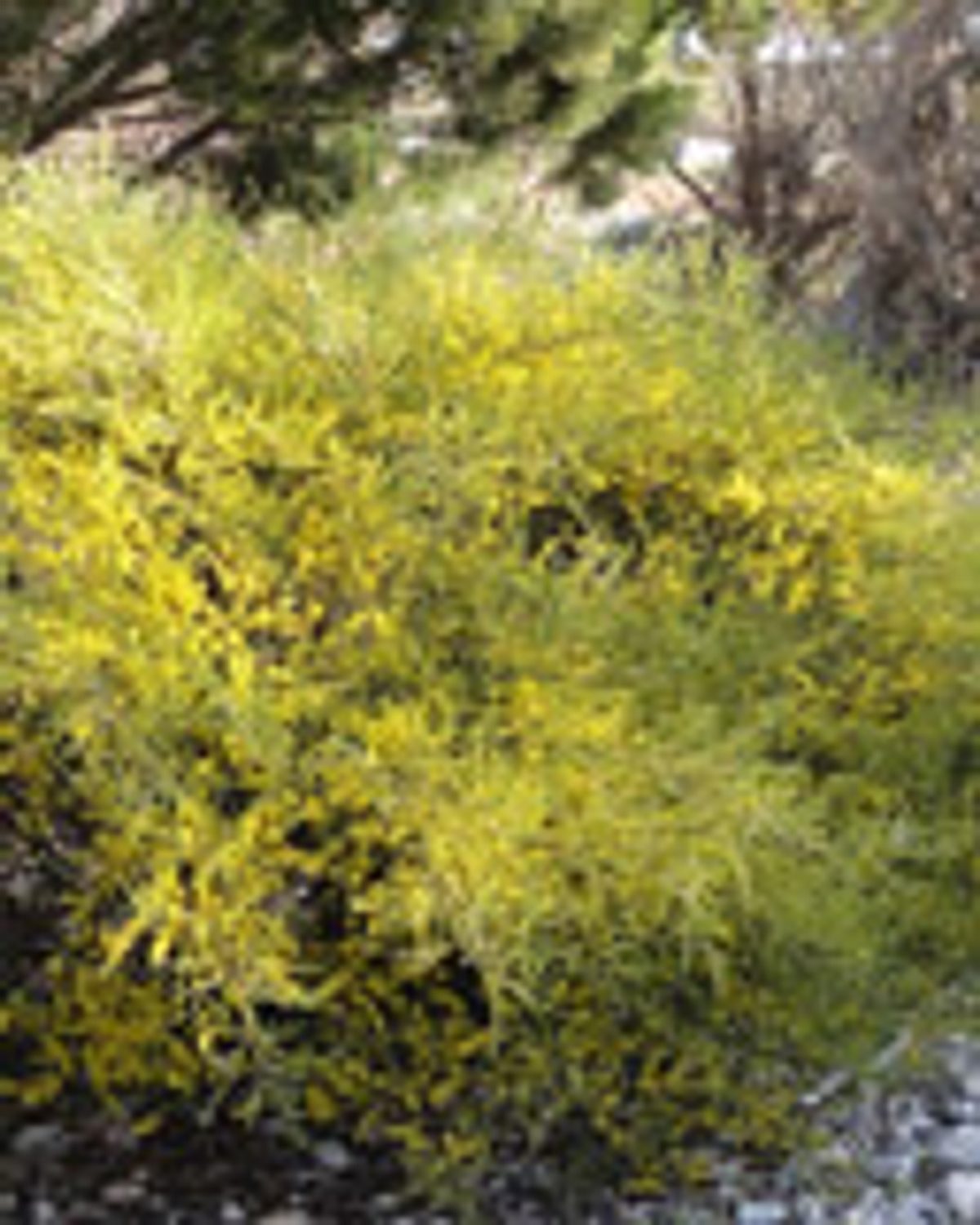
Name: Resin wattle Scientific name: Acacia rhetinocarpa Regional status: Vulnerable Related links:
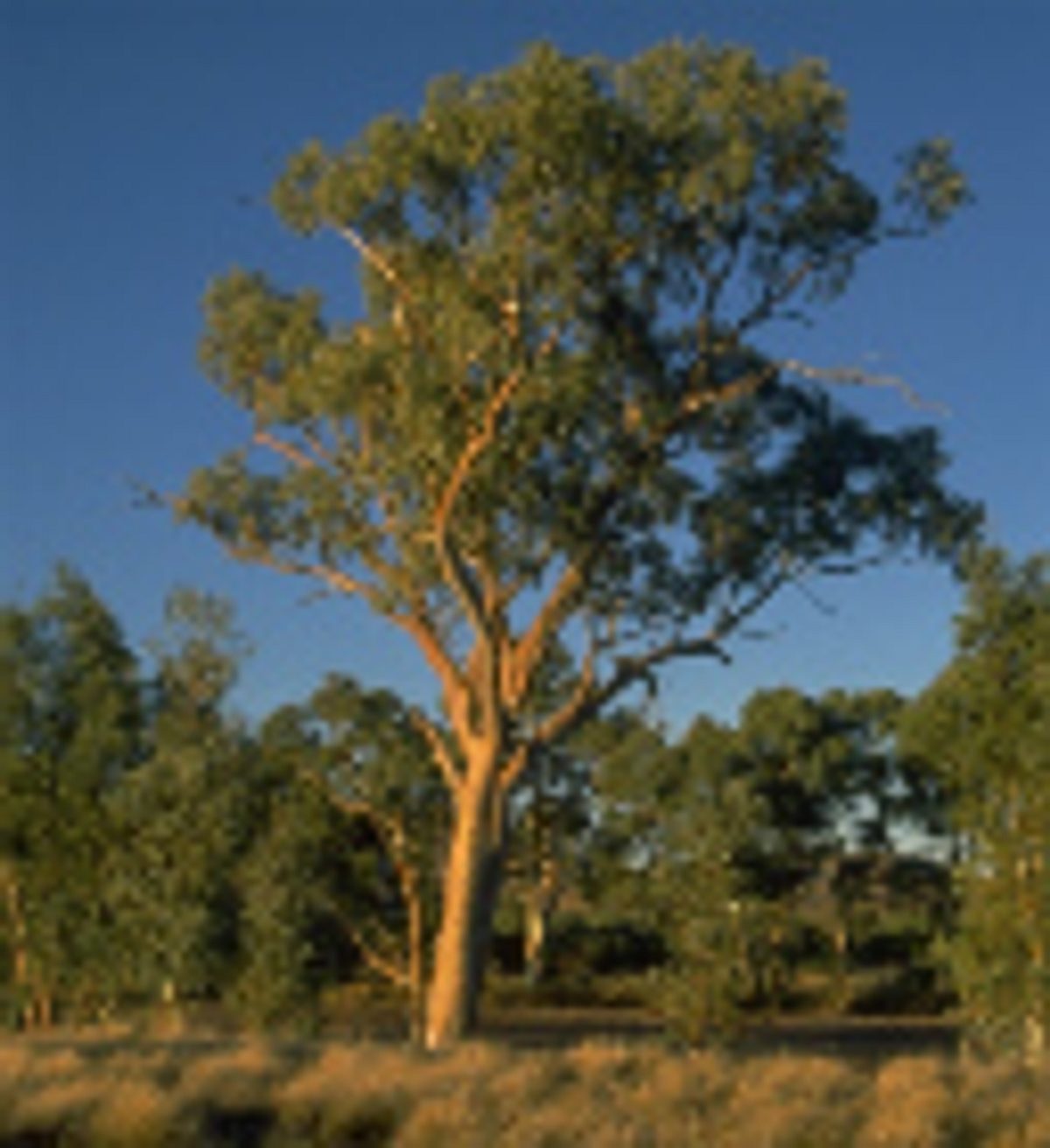
Name: River red gum Scientific name: Eucalyptus camaldulensis Regional status: Not listed Related links:
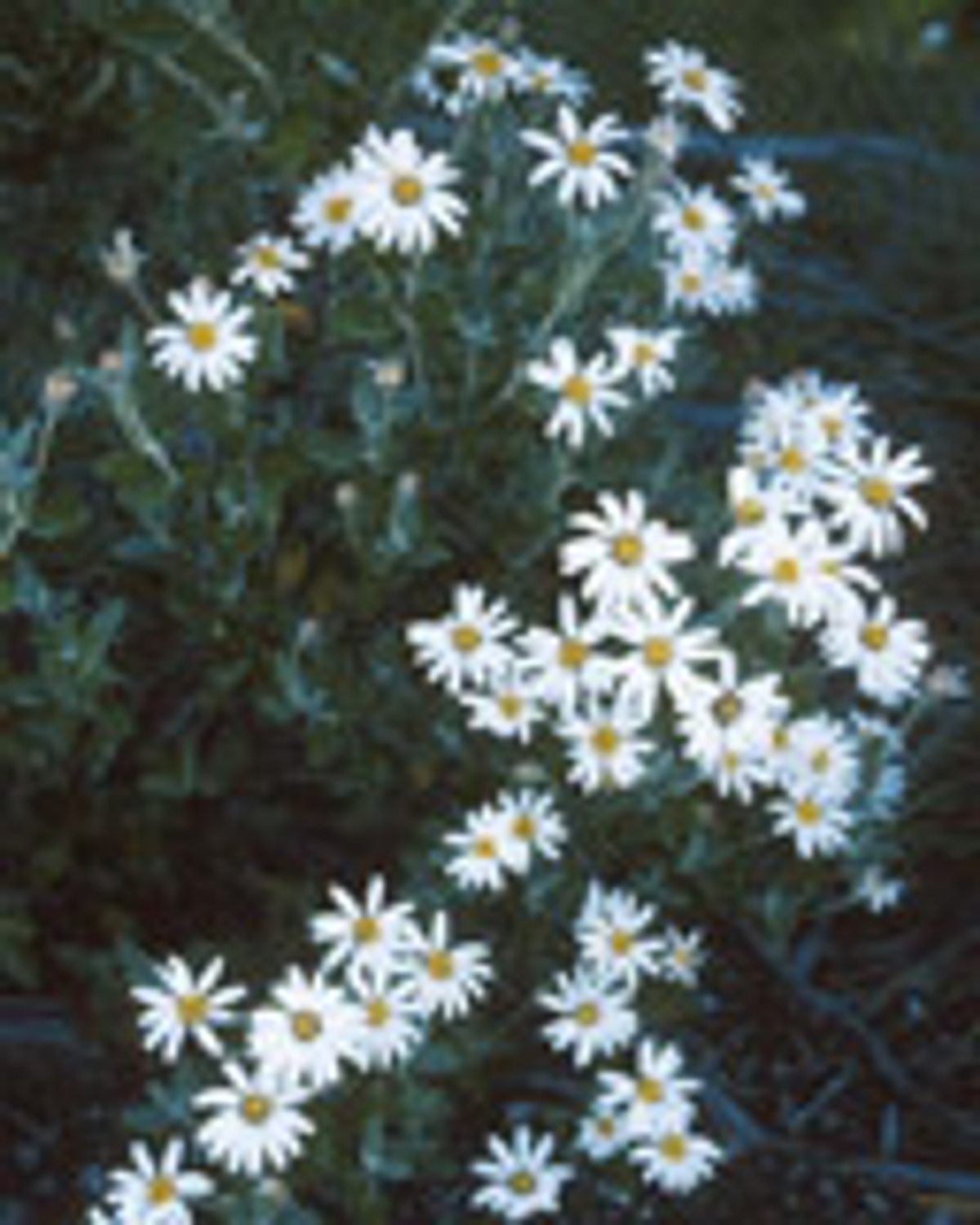
Name: Silver daisy bush Scientific name: Olearia pannosa ssp pannossa Regional status: Vulnerable Related links:

Name: Spalding blown grass Scientific name: Lachnogrostis limitanea Regional status: Endangered Related links:
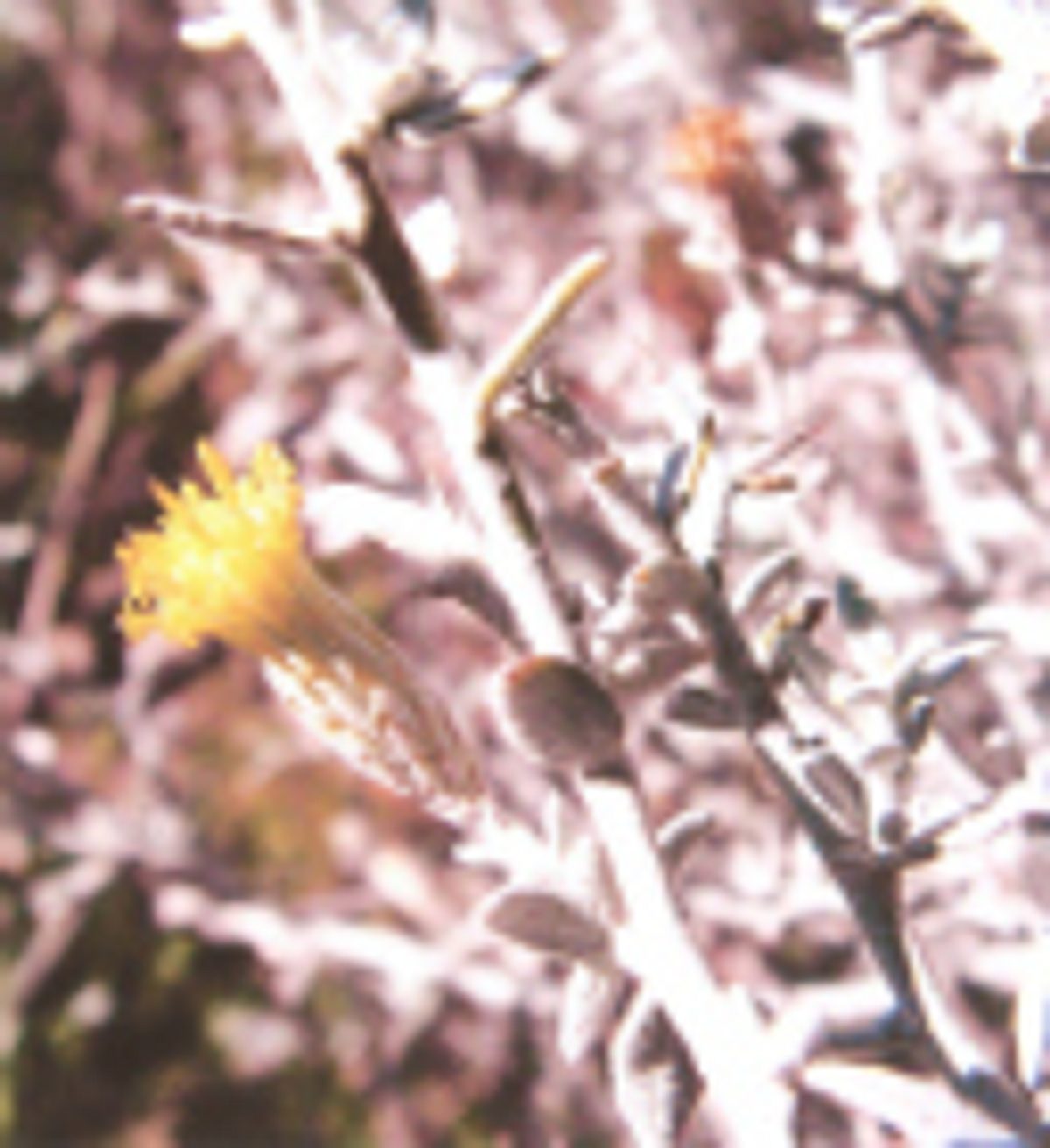
Name: Spiny daisy Scientific name: Acanthocladium dockeri Regional status: Critically endangered Related links: